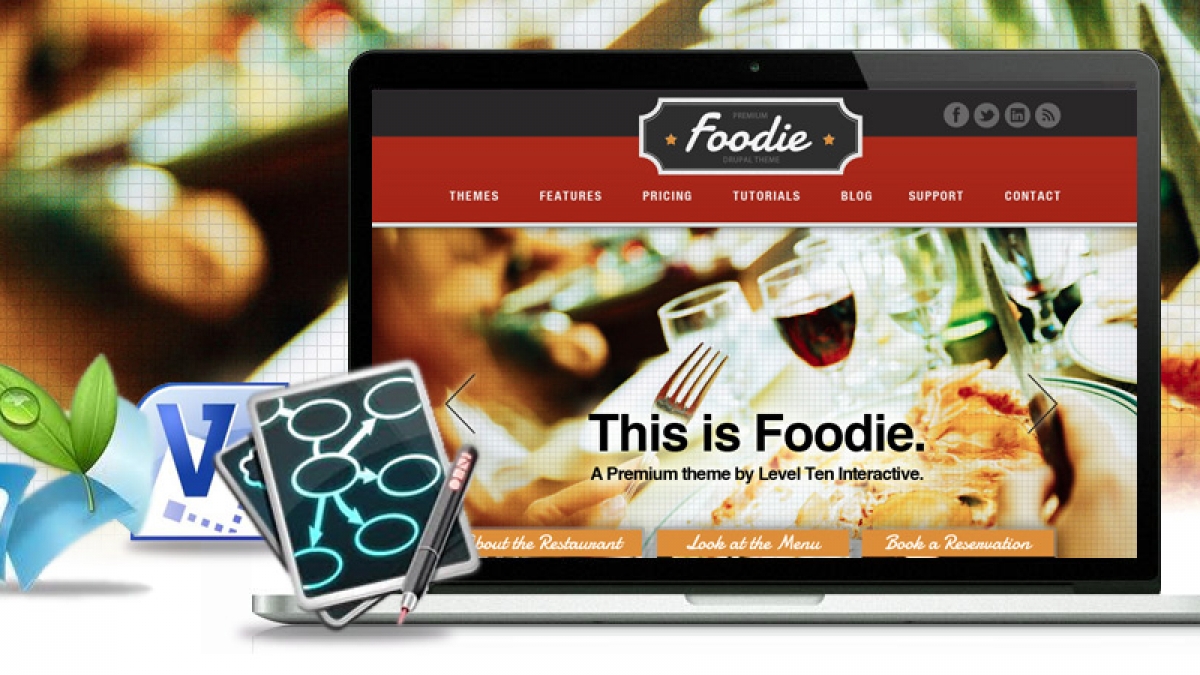
10 Web Project Tools / Tips That Save Time and Money
Successfully launching a website is one thing. Launching a website that is successful takes experience, dedication and a whole lot of communication. This post provides ten tips that save time and money, and keep your project on track for short and long-term success.
- For Business Owners: Focus efforts on business and marketing goals rather than building a robust solution that is absolutely perfect out of the box. Successful websites and marketing plans adapt to, not dictate customer needs. Create a functional, usable website that looks great, then enhance using an Agile process based on user feedback and strategic planning. Doing so allows you to monitor customer sentiment and improve the site efficiently and effectively.
- For Strategists: Be sure to communicate the site architecture with your team, get feedback from developers, and approvals from the client before you begin design and development. If there are questions or misunderstandings about the functionality, it will most likely take several hours (if not days) to implement changes after the fact. It is very important to communicate correct functionality with your client and get approval BEFORE development begins.
- For Designers: Create an extensive library of Fonts, Icons, Photoshop Brushes, Patterns and Actions, then use them. A robust designer toolkit only increases the quality of design, but also allows you to work quickly and focus on design rather than searching for the right tools.
- For Developers: Create reusable code/modules and reuse them. Why reinvent the wheel every time you build a website? On almost every project, there are things that work and things that do not. Learn from experience, keep the things that work and throw out the things that don’t.
- For Project Managers: Ensure that everyone is communicating effectively. There are always risks, unknowns and gotchas that impede projects. Stress the importance of communication to your team. If there are questions, or uncertainties, hold a team/client meeting and decide the best course of action based on feedback and group consensus.
- For Business Owners: Work with agencies that communicate early and often. Testing site functionality at the end of the project can lead to missed deadlines, scope creep and budget overruns. Meet with the team at least every two weeks and ask them to demonstrate functionality, design and code. If an agency won’t provide that time, think seriously about finding one that will.
- For Strategists: Use tools that allow you to quickly and easily create, generate and re-generate wireframes and other strategic documents. Tools like Axure, Visio, and OmniGraffle, to name a few, are great for creating flowcharts, process documents and wireframes. Buy them, learn them and use them.
- For Designers: Work with developers to learn and understand their best practices for theming, then design to their standards. Static websites are a thing of the past and as Content Management Systems evolve, creating robust websites has become increasingly more complicated. Understanding how the sites are developed, and making minor tweaks to designs, can significantly reduce development time with little, or often no loss to the integrity of your design. Work with developers and they will in turn work with you.
- For Developers: Develop with mobile in mind, even if the client doesn’t specifically request it now. Your client will request it in the next year or two and it’s better to be prepared, than to start from scratch. With all the technology that is available now, I recommend developing on a platform that has a robust API and using a good theme framework like Twitter Bootstrap. The client will appreciate your forethought now and sing praises later.
- For Project Managers: Get to know your team and their capabilities. This usually comes with experience and working with the same team members over a long period of time. Assigning the right tasks to the right people can save a significant amount of time and headaches. If you are less familiar with your team, interview them individually to better understand their strengths and weaknesses.
Follow these recommendations and you can significantly increase productivity, reduce risk and improve overall project success.
Comment below and provide your feedback and experiences with successful project execution.

